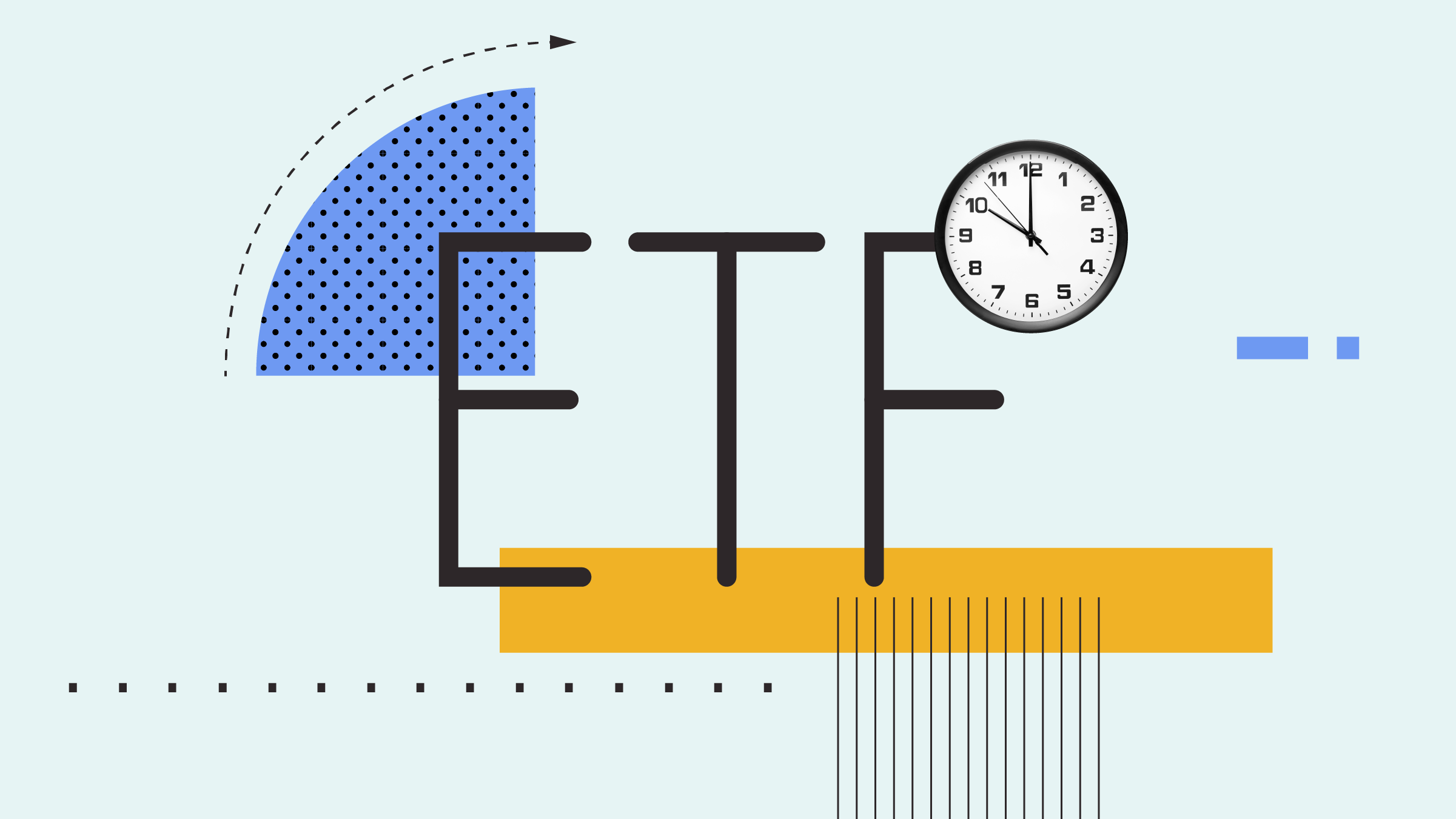Anyone who has been paying even the mildest attention to the financial markets over the past few years has probably noticed the stunning gains--and losses--in commodities markets. Perhaps not surprisingly, investors are increasingly seeking out investments in commodities, and there are more funds than ever before in the marketplace that provide exposure to these types of investments.
As a general rule, we at Morningstar seldom endorse performance chasing--that is to say, jumping into a hot asset class. All too often, it simply works out badly for investors. By the time investors buy into that sizzling area of the market, it's usually ready to cool off.
That said, the potential portfolio diversification benefit from commodities could be a compelling reason for risk-tolerant investors to allocate a small portion of their portfolios to the asset class. Before you do so, however, take time to consider the pros and cons.
What Are the Potential Benefits?
Commodities tend to bear a low or, depending on which data and time periods you look at, even negative correlation to other types of financial assets (namely, stocks and bonds). Essentially, this means that when stocks are rising, commodities tend to retreat, and vice versa. The low correlation between commodities and stocks is a trend that is well established over long time periods--many correlation studies span 30 years or longer.
In addition, commodities exposure can also help offset the deleterious effects of inflation. Put simply, inflation weighs down stocks and bonds, over both short and long time periods. So, for example, when in the past the Bank of England Governor Mervyn King said inflation was a near-term economic concern, his remarks were usually followed by a decline in the share prices of stocks and bonds. That's because investors expected to see higher interest rates, which, in turn, could crimp stock and bond prices. But these are typically just short-term sell-offs; investors usually jump back into the markets when the near-term inflation picture looks rosier.
A bigger concern is the long-term effects of inflation. Over the long term, inflation can eat into an investor's nominal return. (Real return is the nominal return of an investment minus inflation). To use a very simplified example, let's say you invested £1,000 in a 10-year gilt that pays a 6% yield. At the end of 10 years, your nominal return would be £1,600--your principal £1,000, plus £600 in yield. Now, factor in the costs of inflation: Let's say inflation increased 4% over a period of 10 years. That means that at the end of 10 years, your real return would be only £1,200, i.e. £1,600 minus £400 eaten by inflation.
On the other hand, commodities often benefit from inflation over the short term and long term, because when the price of goods and services increases, the prices of the commodities needed to produce the goods and services will subsequently increase. And when prices are increasing, producers are compelled to supply more, so more commodities are needed to meet increased demand for raw goods. Of course, there are exceptions: Gold markets also benefit from inflation, but not because gold has any practical use in manufacturing. When the economy struggles, in times of geopolitical uncertainty, or when monetary problems erupt, gold prices have historically risen--sometimes dramatically, as seen recently with gold hitting a closing high of a little under $1,900 an ounce--as consumers and institutions demand and hoard more, perceiving it as a "safe haven," or a true store of value.
What Are the Risks?
Make no mistake: Despite their potential benefits, commodities are not a silver bullet. Commodities are one of the most volatile asset classes available. Just as surely as the commodity markets can put up stunning gains, they can take some heart-wrenching stumbles. Before you take the plunge into commodities today, it's important to ask yourself if you would truly hold on to that commodities investment if commodities prices swooned over the next few years. If you sold instead of sitting tight, you'd wind up buying high and selling low.
But volatility is not necessarily a bad thing, especially in the context of a diversified portfolio. Because commodities' returns tend to be negatively correlated with other asset classes', when commodities funds are on the upswing, they can significantly offset losses in other parts of a portfolio. Because the gains and losses are so magnified, we wouldn't recommend allocating any more than 10% of a portfolio to commodities--closer to 5% seems reasonable to us.
In addition, it's a misconception that the asset classes will always move in opposite directions. Indeed, commodities and stocks have been moving in the same direction lately. It certainly stings investors less when both asset classes are gaining rather than losing ground, but the latter happens too.
Finally, to get the full benefit of diversification, investors should maintain that small allocation to commodities over a long time period, maybe 10 years or longer, depending on one's investment time horizon. That means riding out the highs, and not running for the hills during the lows.
Options for Commodities Exposure
Investing in commodities is usually done through futures contracts, which are traded on an exchange and guarantee the delivery of a certain commodity at a predetermined price on a future date. However, individual investors have several simpler options.
For commodity exposure, one could go with one of the open-end funds in the space. Not only is the process of buying a fund easier and more convenient than trading futures, but commodities funds offer exposure to a diversified collection of commodities.
Exchange-traded funds may appeal to speculators trying to take advantage of the price swings in the commodities market because shares trade on an exchange, just like a stock. But ETFs are also useful for long-term investors because they tend to have expense advantages over traditional funds. That said, if one is pound-cost averaging into commodities--in other words, building the position slowly with regular investments over time--one has to be mindful of brokerage fees, as they could eventually erode any expense advantage over a traditional fund. Investors can also, rather than investing directly in commodities, invest indirectly by buying shares--or funds of shares--in companies whose businesses are tied to commodities, such as mining companies or oil producers.























